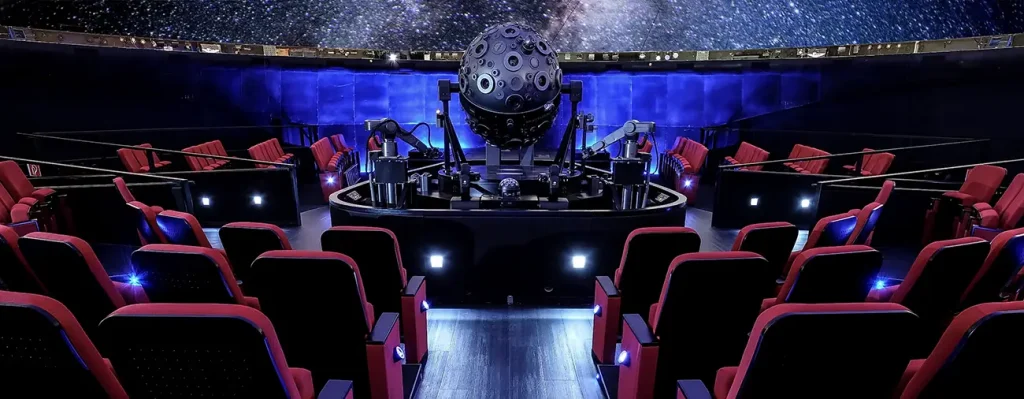The 50 year Anniversary of the Arecibo Message
Music Non Stop
Released June 21st, 2024
“Special Award”
From the Herbert W. Franke Foundation as part of the 50th Anniversary of the Arecibo Message.
“Sounds of 1679” is a reimagining of the iconic Arecibo Message, first broadcast into space in 1974 as a binary code, transforming it into a captivating, audiovisual experience. This project transforms the static interstellar message into a dynamic generative experience live recorded to video in one pass. It blends sound and visuals in a way that allows the audience to encounter the message’s transmission over time.
At the core of the project is a sonification of the Arecibo message, which is divided into 11 distinct sections, each of which is linked to a specific instrument. These instruments aren’t just passive sound generators; they play a crucial role in triggering various parts of the message on a polyphonic sequencer grid. The grid acts as a visual representation of the message, and as the music plays, different instruments bring segments of the message to life. Each note or sound corresponds to a part of the encoded information, creating a sense of narrative progression as the viewer/listener “decodes” the message in real-time.
In addition to the musical elements, the project features a unique background, which represents the vastness of space and the noise that comes with it. After the instruments play and the message becomes clearer and more coherent, this background noise also intensifies. Over time, the balance shifts. The message, once clear, then becomes obscured as it is metaphorically drowned out by the surrounding noise of the cosmos. This creates an auditory and visual arc, where the message seems to materialize out of the ether, grows in clarity, and then eventually fades away, leaving the listener with a sense of how fragile and fleeting communication across vast distances of space can be.
Sounds of 1679 Premiere at Planetarium Hamburg
Sounds of 1679 (Arecibo Message) by Music Non Stop was premiered at Planetarium Hamburg on 16 November 2024 and at Zeiss Planetarium Bochum on 18 November 2024.

In Q3 of 2025, the Sir Thomas Brisbane Planetarium will also be showcasing the Sounds of 1679.
The Arecibo Message
In 1974, the most powerful broadcast ever deliberately beamed into space was made from Puerto Rico. The broadcast formed part of the ceremonies held to mark a major upgrade to the Arecibo Radio Telescope. The transmission consisted of a simple, pictorial message, aimed at our putative cosmic companions in the globular star cluster M13. This cluster is roughly 21,000 light-years from us, near the edge of the Milky Way galaxy, and contains approximately a third of a million stars.
The broadcast was particularly powerful because it used Arecibo’s megawatt transmitter attached to its 305 meter antenna. The latter concentrates the transmitter energy by beaming it into a very small patch of sky. The emission was equivalent to a 20 trillion watt omnidirectional broadcast, and would be detectable by a SETI experiment just about anywhere in the galaxy, assuming a receiving antenna similar in size to Arecibo’s.
This side shows a demonstration of the message with color added to highlight its separate parts. The binary transmission sent carried no color information.

This side shows a graphical explanation of the Arecibo Message.
Credit: PHL @ UPR Arecibo.
The message consists of 1679 bits, arranged into 73 lines of 23 characters per line (these are both prime numbers, and may help the aliens decode the message). The “ones” and “zeroes” were transmitted by frequency shifting at the rate of 10 bits per second. The total broadcast was less than three minutes. A graphic showing the message is reproduced here. It consists, among other things, of the Arecibo telescope, our solar system, DNA, a stick figure of a human, and some of the biochemicals of earthly life. Although it’s unlikely that this short inquiry will ever prompt a reply, the experiment was useful in getting us to think a bit about the difficulties of communicating across space, time, and a presumably wide culture gap.